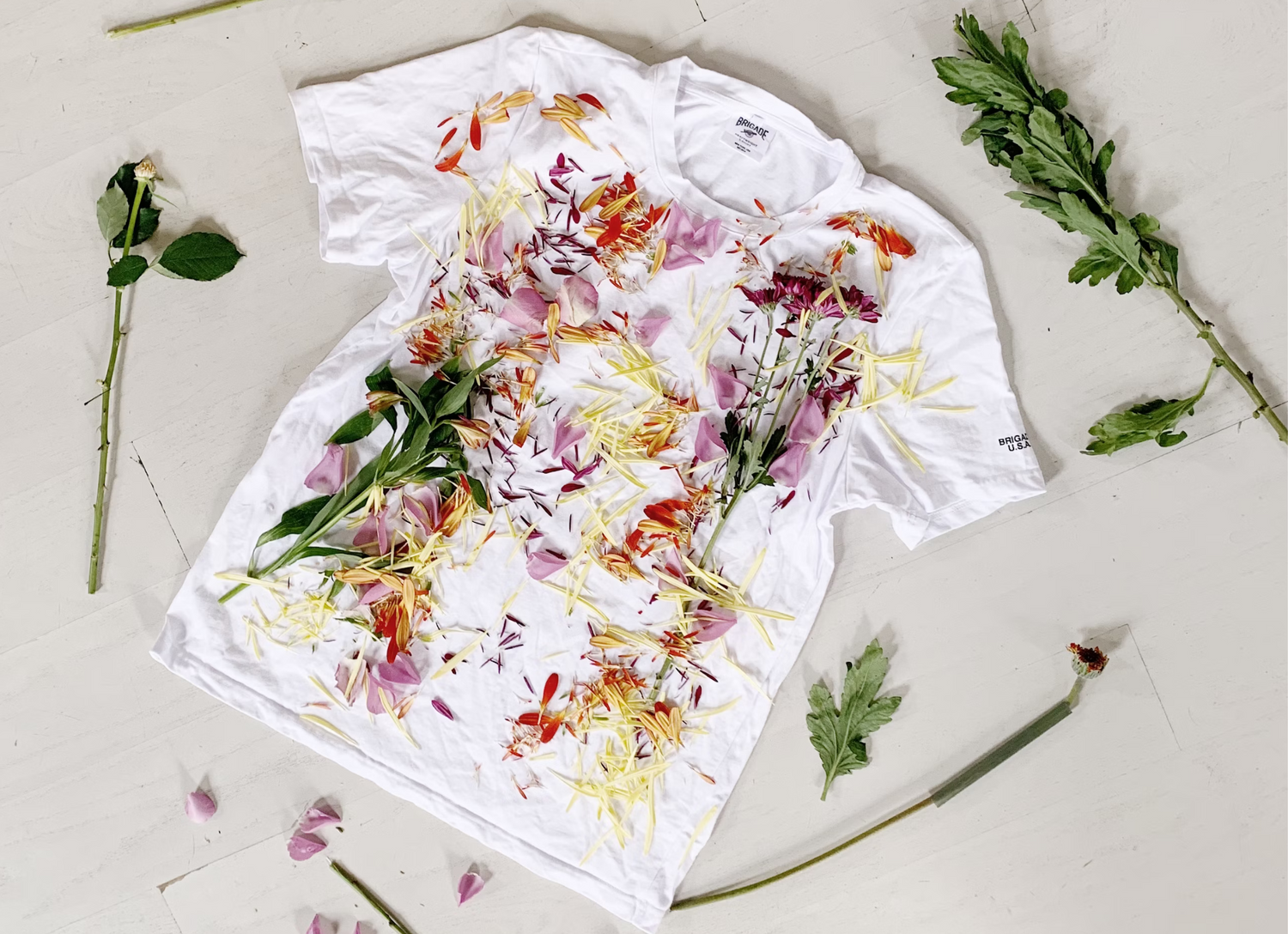
Sustainable Fashion in the Mountains: How to Choose Eco-Friendly Clothes

Source : Charles Etoroma on Unsplash.com
Sustainable Fashion in the Mountains: How to Choose Eco-Friendly Clothes
Nestled amidst the breathtaking beauty of mountainous landscapes, it's crucial to tread lightly and embrace sustainability in every aspect of our lives, including our clothing choices. In this blog post, we'll explore the concept of sustainable fashion in the mountains and provide you with actionable tips on how to choose eco-friendly clothes that not only keep you comfortable but also protect the pristine environments you love.
1. Prioritize Sustainable Fabrics
The foundation of eco-friendly mountain fashion lies in the choice of materials. Opt for fabrics that are both comfortable and environmentally responsible:
- **Organic Cotton:** Clothing made from organic cotton is pesticide-free and significantly reduces the environmental footprint of cotton production.
- **Recycled Materials:** Seek out garments crafted from recycled fibers, such as PET bottles or reclaimed textiles, contributing to the reduction of waste.
- **Merino Wool:** Ethically sourced Merino wool is a natural and sustainable choice known for its insulation and moisture-wicking properties, perfect for mountain conditions.
2. Durability Matters
In mountain environments, where weather can be unpredictable, durability is key. Look for well-constructed garments that can withstand the rigors of your outdoor adventures. High-quality clothing may cost more initially but will serve you well in the long run and reduce the need for frequent replacements.
Wanderer Short Sherpa Snow Boots | Hunter
3. Embrace Layering
Layering isn't just practical; it's sustainable too. Rather than buying numerous specialized items for varying weather conditions, invest in versatile, layerable pieces. This approach not only reduces your environmental footprint but also offers flexibility in adapting to changing temperatures.
Faux Leather Puffer Vest | Dex
4. Support Local and Ethical Brands
Many mountain communities are home to local artisans and brands that prioritize eco-friendly practices and fair labor conditions. Supporting these businesses not only reduces the carbon footprint associated with shipping but also bolsters local economies.
5. Secondhand and Thrifting
Thrifting is a sustainable way to refresh your mountain wardrobe. Buying secondhand clothing not only extends the life of garments but also prevents them from ending up in landfills. Explore thrift stores and online resale platforms for unique and eco-friendly finds.
6. Maintenance and Repair
Extending the lifespan of your clothing is a sustainable practice. Learn basic sewing skills to repair minor damages, and follow care instructions meticulously. Proper maintenance reduces the need for frequent replacements.
7. Responsible Disposal
When your clothing reaches the end of its life, dispose of it responsibly. Donate usable items, recycle textiles, or get creative with upcycling projects. By diverting clothing from landfills, you contribute to a more sustainable fashion ecosystem.
8. Educate and Advocate
Empower yourself and others with knowledge about sustainable fashion in mountain environments. Share your insights and encourage fellow outdoor enthusiasts to make eco-conscious choices. Together, we can foster a culture of environmental responsibility.
As you embark on your mountain adventures, remember that sustainable fashion isn't just about what you wear; it's a commitment to preserving the natural wonders that surround us. By choosing eco-friendly materials, prioritizing durability, and supporting ethical practices, you can enjoy the mountains while leaving behind a positive impact. Sustainable fashion in the mountains is a reflection of our love for these pristine environments and our determination to protect them for generations to come.

Source : Charles Etoroma on Unsplash.com
Sustainable Fashion in the Mountains: How to Choose Eco-Friendly Clothes
Nestled amidst the breathtaking beauty of mountainous landscapes, it's crucial to tread lightly and embrace sustainability in every aspect of our lives, including our clothing choices. In this blog post, we'll explore the concept of sustainable fashion in the mountains and provide you with actionable tips on how to choose eco-friendly clothes that not only keep you comfortable but also protect the pristine environments you love.
1. Prioritize Sustainable Fabrics
The foundation of eco-friendly mountain fashion lies in the choice of materials. Opt for fabrics that are both comfortable and environmentally responsible:
- **Organic Cotton:** Clothing made from organic cotton is pesticide-free and significantly reduces the environmental footprint of cotton production.
- **Recycled Materials:** Seek out garments crafted from recycled fibers, such as PET bottles or reclaimed textiles, contributing to the reduction of waste.
- **Merino Wool:** Ethically sourced Merino wool is a natural and sustainable choice known for its insulation and moisture-wicking properties, perfect for mountain conditions.
2. Durability Matters
In mountain environments, where weather can be unpredictable, durability is key. Look for well-constructed garments that can withstand the rigors of your outdoor adventures. High-quality clothing may cost more initially but will serve you well in the long run and reduce the need for frequent replacements.
Wanderer Short Sherpa Snow Boots | Hunter
3. Embrace Layering
Layering isn't just practical; it's sustainable too. Rather than buying numerous specialized items for varying weather conditions, invest in versatile, layerable pieces. This approach not only reduces your environmental footprint but also offers flexibility in adapting to changing temperatures.
Faux Leather Puffer Vest | Dex
4. Support Local and Ethical Brands
Many mountain communities are home to local artisans and brands that prioritize eco-friendly practices and fair labor conditions. Supporting these businesses not only reduces the carbon footprint associated with shipping but also bolsters local economies.
5. Secondhand and Thrifting
Thrifting is a sustainable way to refresh your mountain wardrobe. Buying secondhand clothing not only extends the life of garments but also prevents them from ending up in landfills. Explore thrift stores and online resale platforms for unique and eco-friendly finds.
6. Maintenance and Repair
Extending the lifespan of your clothing is a sustainable practice. Learn basic sewing skills to repair minor damages, and follow care instructions meticulously. Proper maintenance reduces the need for frequent replacements.
7. Responsible Disposal
When your clothing reaches the end of its life, dispose of it responsibly. Donate usable items, recycle textiles, or get creative with upcycling projects. By diverting clothing from landfills, you contribute to a more sustainable fashion ecosystem.
8. Educate and Advocate
Empower yourself and others with knowledge about sustainable fashion in mountain environments. Share your insights and encourage fellow outdoor enthusiasts to make eco-conscious choices. Together, we can foster a culture of environmental responsibility.
As you embark on your mountain adventures, remember that sustainable fashion isn't just about what you wear; it's a commitment to preserving the natural wonders that surround us. By choosing eco-friendly materials, prioritizing durability, and supporting ethical practices, you can enjoy the mountains while leaving behind a positive impact. Sustainable fashion in the mountains is a reflection of our love for these pristine environments and our determination to protect them for generations to come.
Products
View all




